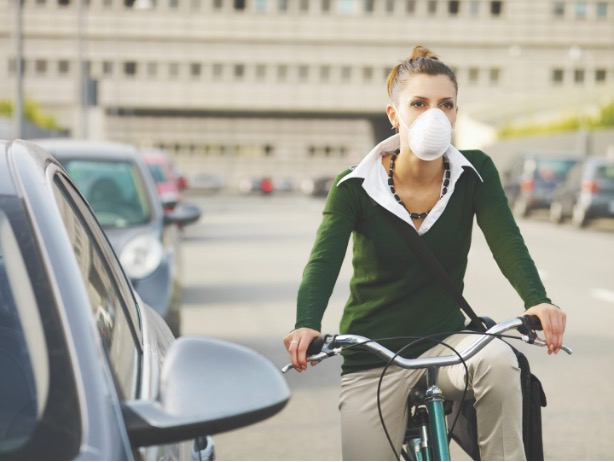
Photo: justenergy.com
By Hailey Simmons, Intern at the Alliance for Sustainability and University of Alabama at Birmingham 2nd Year MPH Student
It is shocking and hard to believe but this year, more than twice as many people will die from exposure to poor air quality caused by fossil fuel combustion than have died from COVID-19 during the entire pandemic. According to the World Health Organization, vulnerable people suffer the most, estimating that more than 90 percent of deaths inflicted by air pollution occur in low- and middle-income countries.
But the problem is here in the U.S. as well. Yearly, millions of Americans are exposed to air pollution that public health experts deem harmful. Furthermore, air pollution is a cause for natural disasters occurring in the U.S. In 2017 alone, natural disasters cost the nation $306 billion.
China is responsible for more than 27% of total global emissions, making them the leading emitter. The U.S. is second at 11%.
The air we breathe encompasses emissions from a variety of sources, including industry, heating, motor vehicles, and even tobacco smoke. Air pollution is linked to acute and chronic health effects. Ozone can intensify the occurrence of asthma attacks, cause of shortness of breath, aggravate lung diseases, and cause permanent damage to lungs if exposed long-term. Air pollution can also lead to heart disease and lung cancer. The most detrimental pollutants are particulate matter (PM), particles found in the air from diesel and coal-fired power plants, including dust, dirt, soot, smoke and liquid droplets. Fine PM2.5 particles penetrate deep into lung passageways and can cause premature mortality.
Vehicle emissions from burning gasoline comprise toxic contaminants including carbon monoxide, nitrogen oxides, sulfur dioxides, formaldehyde, and benzene. When a gallon of gasoline is burned in cars, the carbon pulls an additional 14 pounds of oxygen from the air, which makes a total of 20 pounds of carbon dioxide. The transportation sector is the principal source of carbon emissions at 30% of the total U.S. carbon footprint.
Simple Steps You Can Take to Address Air Pollution

While the air pollution challenges we face may feel daunting, there are simple steps we can take to help reduce them:
- Bike, walk, use public transit or carpool when feasible
- Use renewable energy such as wind and solar
- Consider an electric vehicle or an energy-efficient vehicle
- Combine errands
- Conserve energy at home and work
- Choose ground shipping rather than air
- Use environmentally-safe paints and cleaning products
- When purchasing equipment, look for the ENERGY STAR label
- Make sure not to spill fuel and refuel in the evening when it’s cooler
- Avoid unnecessary running of your automobile
As the World Health Organization suggests, “Think and rethink, about the way you live and consume and make sustainable choices for yourself, your children, and your children’s children.”
In addition to steps at home and work, you can also have an even bigger impact by getting your elected officials to support public policies that support climate action, such as President’s Biden’s Build Back Better and Clean Energy Plans. If passed, they would help address clean air and the climate crisis while supporting our economy and creating jobs.
Clearly, we have a choice. We can continue on our present path of the pollution pandemic or turn things around and co-create a clean, healthy and thriving future.
